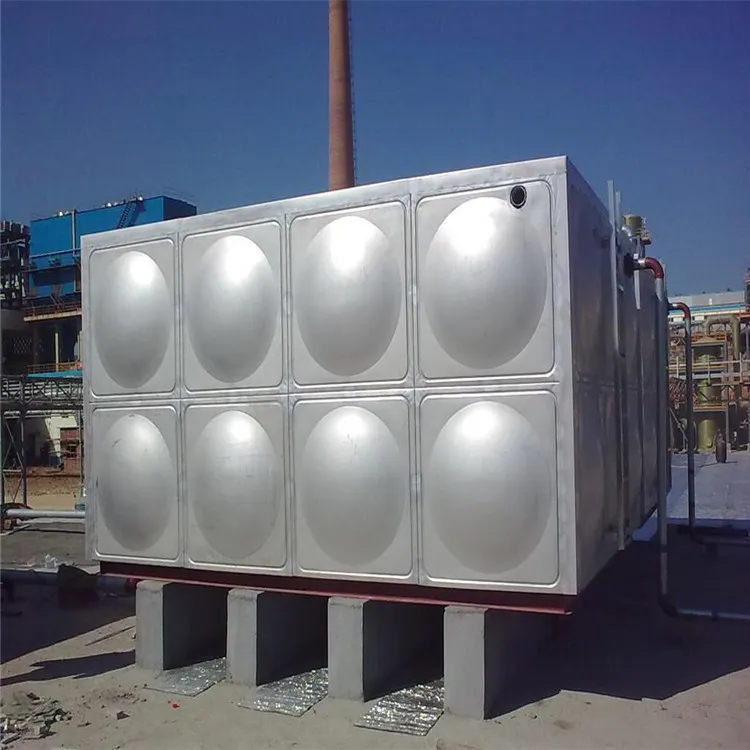loading...
- No. 9, Xingyuan South Street, Dongwaihuan Road, Zaoqiang County, Hengshui, Hebei, China
- admin@zjcomposites.com
- +86 15097380338
- Welcome to visit our website!
Understanding Reverse Osmosis Membrane Housing and Its Importance in Water Filtration Systems
Understanding Reverse Osmosis Membrane Housing An Essential Component in Water Purification
In the quest for clean and safe drinking water, reverse osmosis (RO) technology has emerged as one of the most reliable methods for water purification. Central to this technology is the reverse osmosis membrane itself, but another crucial component that often goes unnoticed is the membrane housing. This article delves into the importance, design, and functionality of reverse osmosis membrane housing, emphasizing its role in ensuring optimal performance and longevity of the RO system.
What is Reverse Osmosis?
Reverse osmosis is a water purification process that utilizes a semi-permeable membrane to separate contaminants from water. Under pressure, water moves through the membrane, allowing only water molecules to pass while blocking larger molecules and impurities, such as salts, heavy metals, and other contaminants. This process results in purified water on one side of the membrane and a concentrated waste stream on the other.
The Role of Membrane Housing
Membrane housing is the protective casing that encloses the reverse osmosis membrane, playing a pivotal role in the overall functionality of the RO system. It is designed to hold the membrane securely in place while allowing water to flow through efficiently. The housing is essential for maintaining the structural integrity of the membrane and ensuring that high pressure can be applied to facilitate the reverse osmosis process.
Design and Materials
The design of reverse osmosis membrane housing is critical for both performance and durability. Typically constructed from high-quality materials such as fiberglass, polycarbonate, or stainless steel, the housing must withstand significant pressure without leaking. Moreover, the choice of material can affect the lifespan of the RO system, as it should resist corrosion and various chemical interactions with water and pollutants.
reverse osmosis membrane housing

The housing is engineered to accommodate different membrane sizes and configurations, allowing flexibility in the design of water purification systems. Most membrane housings come in standard dimensions that fit widely-used membrane sizes, which facilitates easy replacement and upgrades.
Types of Membrane Housing
There are primarily two types of membrane housing single and multi-element. Single-element housings are often used in smaller systems, such as under-sink reverse osmosis units for residential use. Multi-element housings, on the other hand, are common in industrial and commercial applications where larger volumes of purified water are needed. These housings can accommodate multiple membranes, enhancing the efficiency and output of the system.
Installation and Maintenance
Proper installation of membrane housing is crucial for optimal system performance. It must be securely mounted to prevent any movement that could damage the membrane or affect water flow. Additionally, regular maintenance is essential. This includes periodic checks for leaks, replacing the membrane when needed, and cleaning the housing to prevent biofilm growth and fouling, which can impair the system's efficacy.
The lifespan of a reverse osmosis membrane can vary, but generally, they last anywhere from two to five years depending on the water quality and usage. The membrane housing, however, can last much longer if maintained properly.
Conclusion
In conclusion, while reverse osmosis membranes receive a lot of attention for their role in water purification, the importance of reverse osmosis membrane housing should not be overlooked. It provides the necessary support and protection for the membrane, ensuring efficient performance and a longer lifespan for the RO system. Understanding the function, design, and maintenance of membrane housing is crucial for anyone interested in deploying reverse osmosis technology for water purification, whether in residential, commercial, or industrial settings. With advancements in technology and increasing concerns over water quality, investing in a reliable reverse osmosis system with robust membrane housing is a step toward securing safe and clean drinking water for the future.
-
GRP Structures: The Future of Lightweight, High-Performance EngineeringNewsJun.20,2025
-
FRP Water Tank: High-Performance Storage for Corrosive and Clean Water SystemsNewsJun.20,2025
-
FRP Square Tube: The New Industry Standard for Chemical and Structural ApplicationsNewsJun.20,2025
-
FRP Pultruded Profiles: The Ultimate Choice for Lightweight Structural StrengthNewsJun.20,2025
-
FRP Handrails: The Safer, Smarter, and Stronger Choice for Modern InfrastructureNewsJun.20,2025
-
FRP Grating: The Smart Solution for Durable, Lightweight Industrial FlooringNewsJun.20,2025
-
Why Choose a Galvanized Water Tank for Your Storage NeedsNewsMay.21,2025
